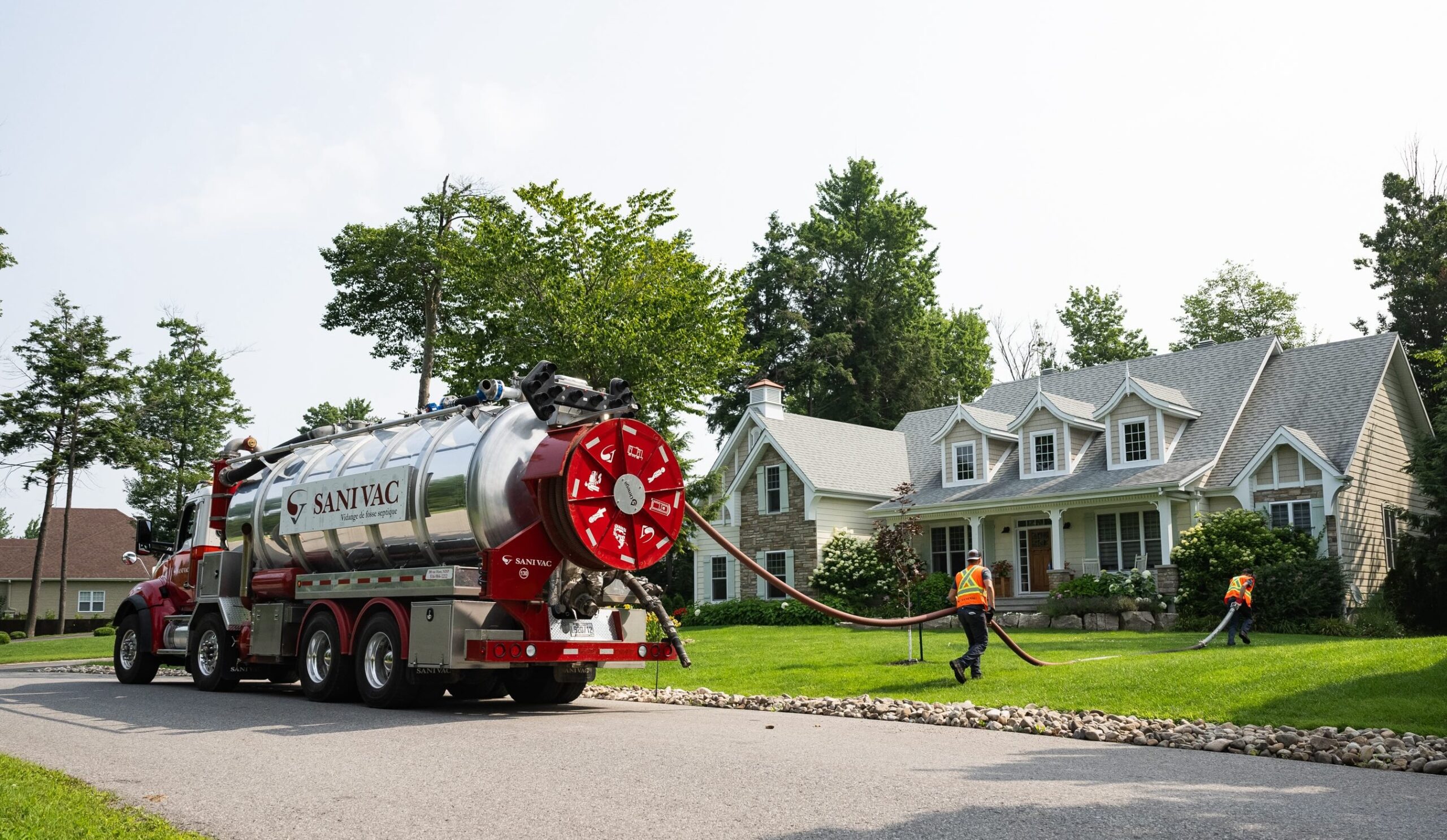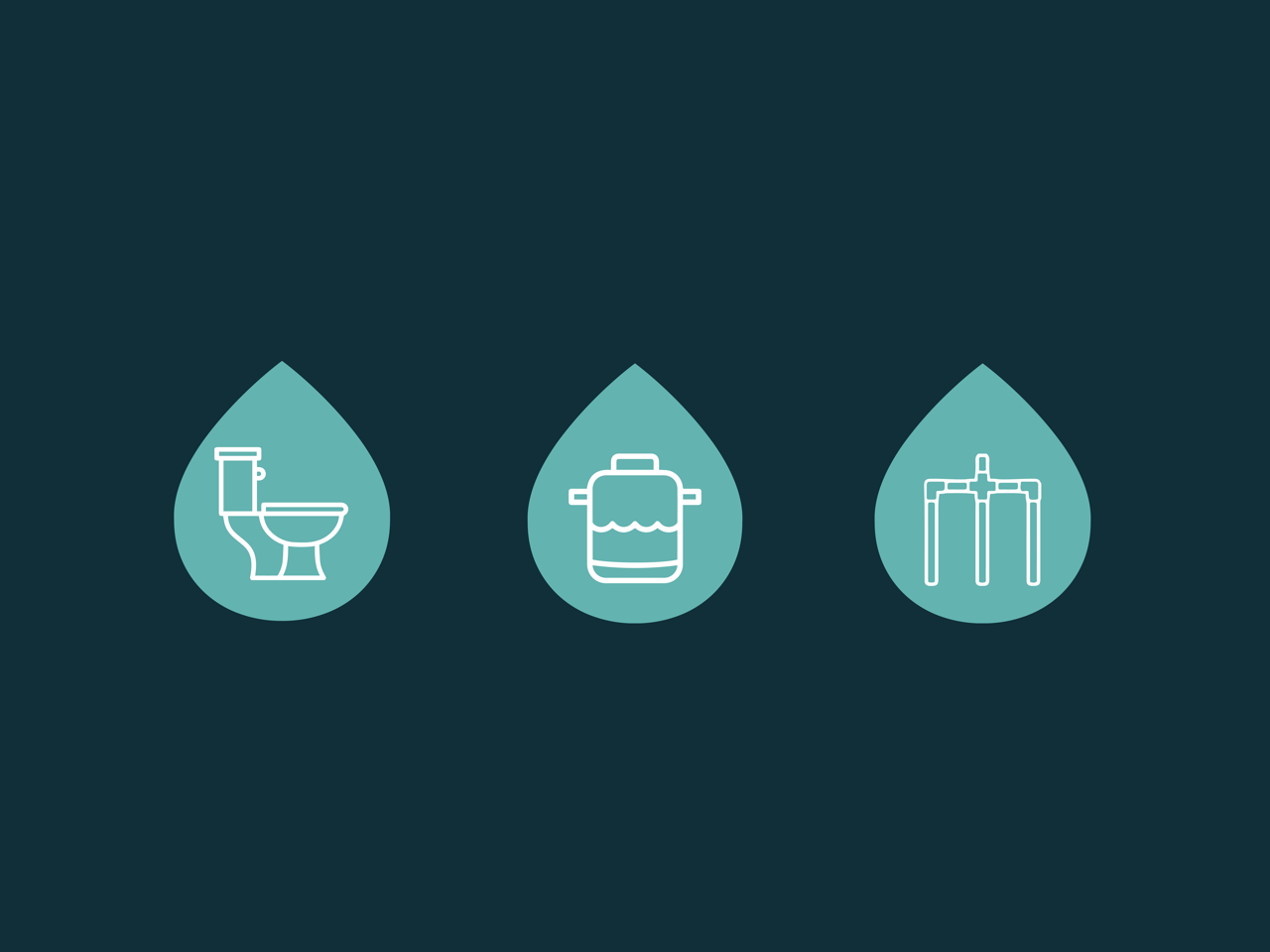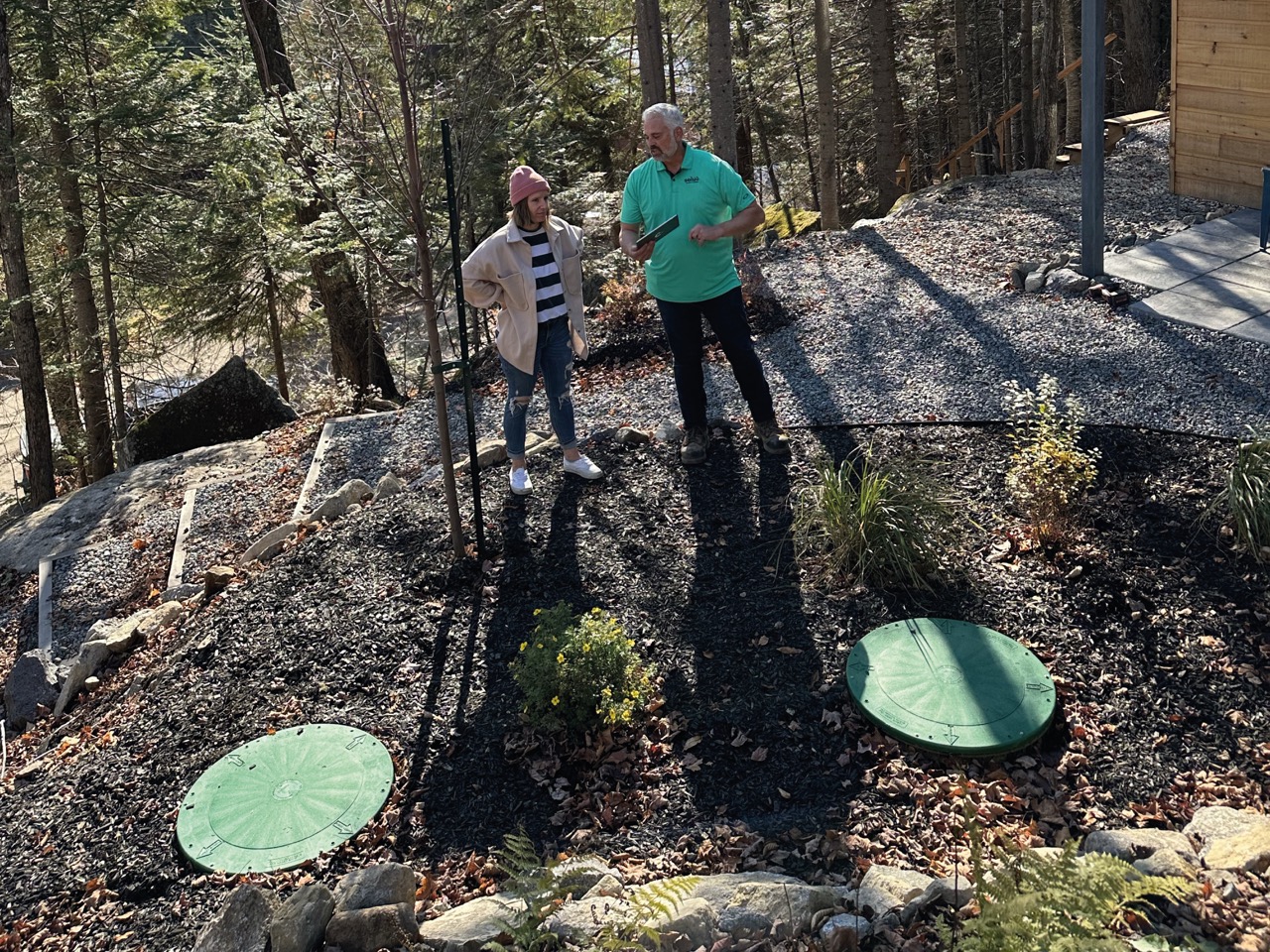Understanding Advanced Secondary Treatment
The specific characteristics of your land may require the installation of an advanced secondary treatment system to allow you to infiltrate the wastewater from your residence over a small area or discharge it into the environment. In this series of articles, our experts present the various advanced secondary treatment systems approved in Quebec.
Above all, it is essential to understand what an advanced secondary treatment system consists of. The advanced secondary treatment system as described in the provincial regulation Q.2. R-22 is a system designed to treat wastewater from a primary treatment system (e.g. septic tank) to meet effluent discharge standards. This type of treatment system is necessary only when the available infiltration space or the type of soil does not allow infiltration of water coming directly from the primary treatment system.
It is important to note that all advanced secondary treatment systems approved by the BNQ perform wastewater treatment that meets regulatory discharge standards. All of these systems require an annual inspection to ensure compliance with discharge standards.
In Quebec, the Bureau de normalisation du Québec (BNQ) has certified 5 advanced secondary treatment technologies for domestic wastewater. Among these is the Bionest system created by the Bionest company based in Shawinigan. Bionest’s Zenith range has been certified by the BNQ since 2006.
Bionest biological treatment
The biological treatment of a Bionest is carried out by the bacteria naturally present in the wastewater which attach themselves and develop on the permanent filter media of Bionest powered by oxygen supply generated by an air pump. These form a biofilm which purifies the water. The purified water is then redirected to a polishing field (60% smaller than a conventional purification field).
The Bionest company has also produced an explanatory video capsule on how their technology works:
The 4 main advantages of a Bionest system
- Permanent filter media accessible and guaranteed for 30 years
- Configurations favoring a gravity installation
- UV disinfection treatment available
- Multiple configurations requiring little space
The 3 points to know before installing a Bionest
- A constant supply of electricity will be necessary for the supply of oxygen
- The technical box must have an adequate positioning to avoid nuisances
- Choose a certified contractor for a quality installation
A Bionest, what will it look like on my land?

As the final appearance of the secondary treatment system on your land could have an impact on your choice of treatment, it is important to know what your land will look like following the installation of the system. The Bionest consists of two reactors with two access stacks. Therefore, the final appearance of the Bionest on your land will be 4 concrete or PVC covers arranged in a linear or angled fashion.
Note that it is essential that your treatment system be away from all motorized traffic and that no heavy weight should be affixed to it.
Source : Bionest.ca
Conclusion
In summary, with its unique characteristics and its permanent and accessible filter media, the Bionest is an excellent choice for advanced secondary treatment. Bionest representatives are available to answer all your questions regarding the system and its implementation on your property. Visit www.bionest.ca for more details.
In order to make an informed decision on the choice of your advanced secondary treatment system, we invite you to consult our articles on other treatment systems;
Our Soluo experts are also available to answer your questions about all advanced secondary treatments. Contact us today to start your septic installation project.

About the Author
Étienne Gaudette
Chief Executive Officer (CEO)
Étienne Gaudette is the president of the Soluo Group, a company specializing in inspection, design and residential septic installation work serving the majority of regions of Quebec for more than 30 years. Thanks to his creative mind and his background in marketing consulting and as director of the group of experts in decentralized water management at Réseau Environnement, Étienne brings a unique vision to the on-site sanitation industry in Quebec in order to bring together the all industry players for the benefit of Quebecker. One goal: Change the world, one septic installation at a time.
You liked this post?
Share
More tips and advice here
Waste that accumulates in a septic tank must be removed regularly to allow the system to continue operating efficiently. The process, which is also […]
Your septic system can last decades, provided you maintain it well and are responsive when you suspect an anomaly. Adequate monitoring not only ensures […]
Has your septic system reached the end of its useful life? Do you want to build on land not serviced by a municipal sewer […]


